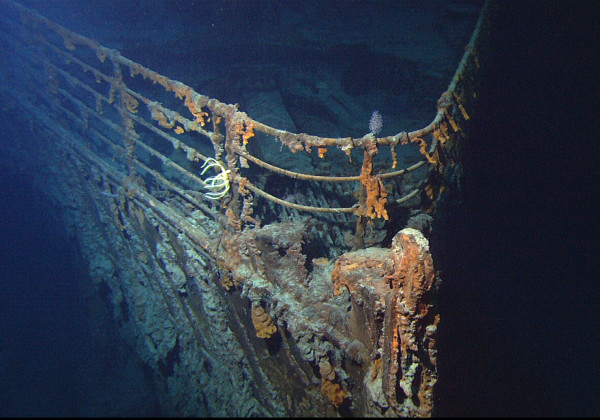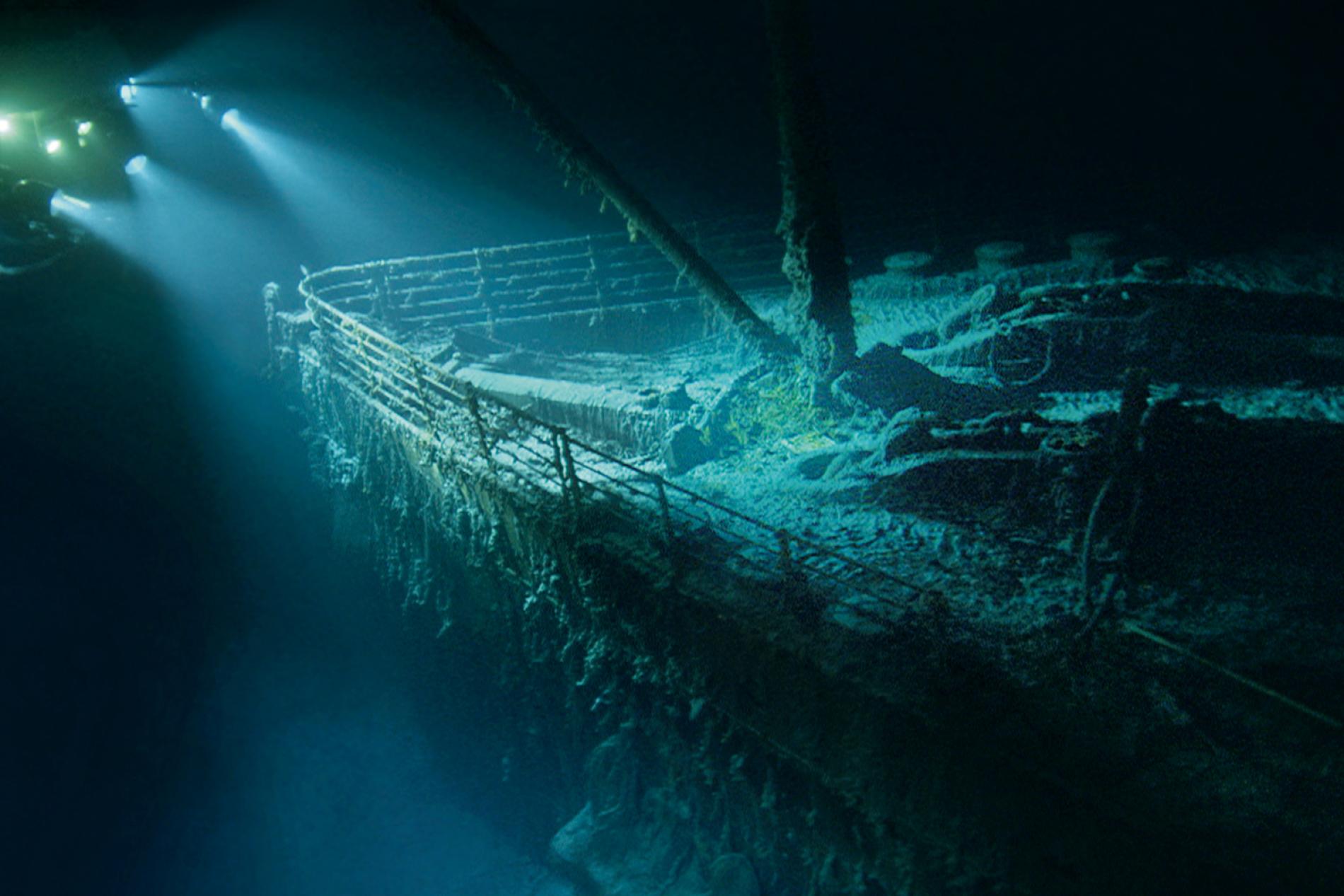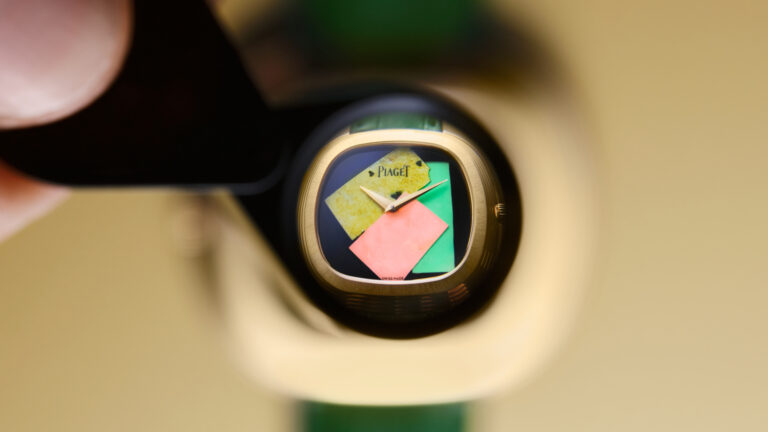The United States and United Kingdom have just passed legislation that will give them joint power to grant or deny licenses to enter the hulls of the Titanic’s wreckage. This is in an effort to prevent divers from removing artefacts and hopefully maintain the ship.
Considering a previously “lifted” haul from the wreck was valued at US$200 million back in 2017, this development could net a worthy payday for those invested. Cigar boxes, pocket watches, photo albums, and diamond bracelets are some of the more valuable memorabilia already salvaged in previous expeditions.
Considering a single cracker biscuit went for US$23,000 at auction in 2015, there’s no debating the significant value placed on retrieved items. Notable rare items that didn’t survive include Steinway pianos, four cases of opium, and a hand-written manuscript by Joseph Conway.

With the US only just ratifying the treaty in late 2019 (after the UK signed it in 2003), one can’t help but assume the lion’s share has already been plundered. However, the treaty comes with plenty of onus too. Images from a recent expedition to the wreck revealed significant loss to the ship’s structure due to a rare rust-eating bacteria that is literally swallowing the vessel up.
With the Titanic’s estimated build cost totalling US$7.5 million in 1912, the infamous ocean liner would cost over US$40 million to construct in today’s market. Hailed as ‘the unsinkable ship’, a cruel twist of irony saw the vessel bested by an iceberg in the early hours of April 15th in 1912 on her maiden voyage.

RELATED: Titanic Meal Menu Sells For Over $180,000
The largest and most luxurious vessel of its time suffered a ruptured hull upon impact, and after flooding in several compartments, took over 1,500 passengers to their watery graves. Its final resting place is now on the sea bed over 4,000 metres below the ocean’s surface and 370 nautical miles south of Newfoundland, Canada.
Despite numerous schemes to salvage the ship and attempts to find the wreck with sonar, it wasn’t until 1985 that a joint French-American expedition successfully located it using cameras on the remote-controlled deep-sea vehicle, Argo.
Since then, James Cameron has visited the wreck on three occasions. Initially to research and film for his record-breaking blockbuster that was named after the ill-fated vessel, then to shoot Ghosts of the Abyss in 3D for Disney, and finally to capture footage for a documentary named Last Mysteries of the Titanic.

The second of these voyages led to the discovery of a new species of sea cucumber and the previously unknown rust-eating bacteria subsequently named Halomonas titanicae. Unfortunately, the bacteria appears to be decomposing the shipwreck at a much faster rate than initially expected with collapsed floors and ‘rusticles’ signifying its worsening condition.
Researchers from the University of Seville believe the wreck is impossible to preserve due to its depth and circumstances, predicting it will be nothing more than a rusty stain on the ocean floor by 2037. Although Henrietta Mann, who discovered the destructive bacteria, has estimated that the Titanic could be gone by as soon as 2025.
Considering the current situation, it seems the more countries on deck to help, the better. If the US and UK are serious about saving the Titanic from disintegration, they’d better get moving with some meaningful action.
RELATED: Clive Palmer Is Building A Replica Titanic To Sail In 2022











![Are You Still Watching Soon You Won't Have A Choice [Netflix x Warner Bros]](https://www.bosshunting.com.au/wp-content/uploads/2025/12/Are-You-Still-Watching-Soon-You-Wont-Have-A-Choice-Netflix-x-Warner-Bros-300x169.jpg)
![This Ex-Ballerina Just Became The Youngest Self-Made Female Billionaire [Kalshi Luana Lopes Lara Net Worth]](https://www.bosshunting.com.au/wp-content/uploads/2025/12/This-Ex-Ballerina-Just-Became-The-Youngest-Self-Made-Female-Billionaire-300x169.jpg)


